Electric lines of force are as shown in the figure. Then potential at point P
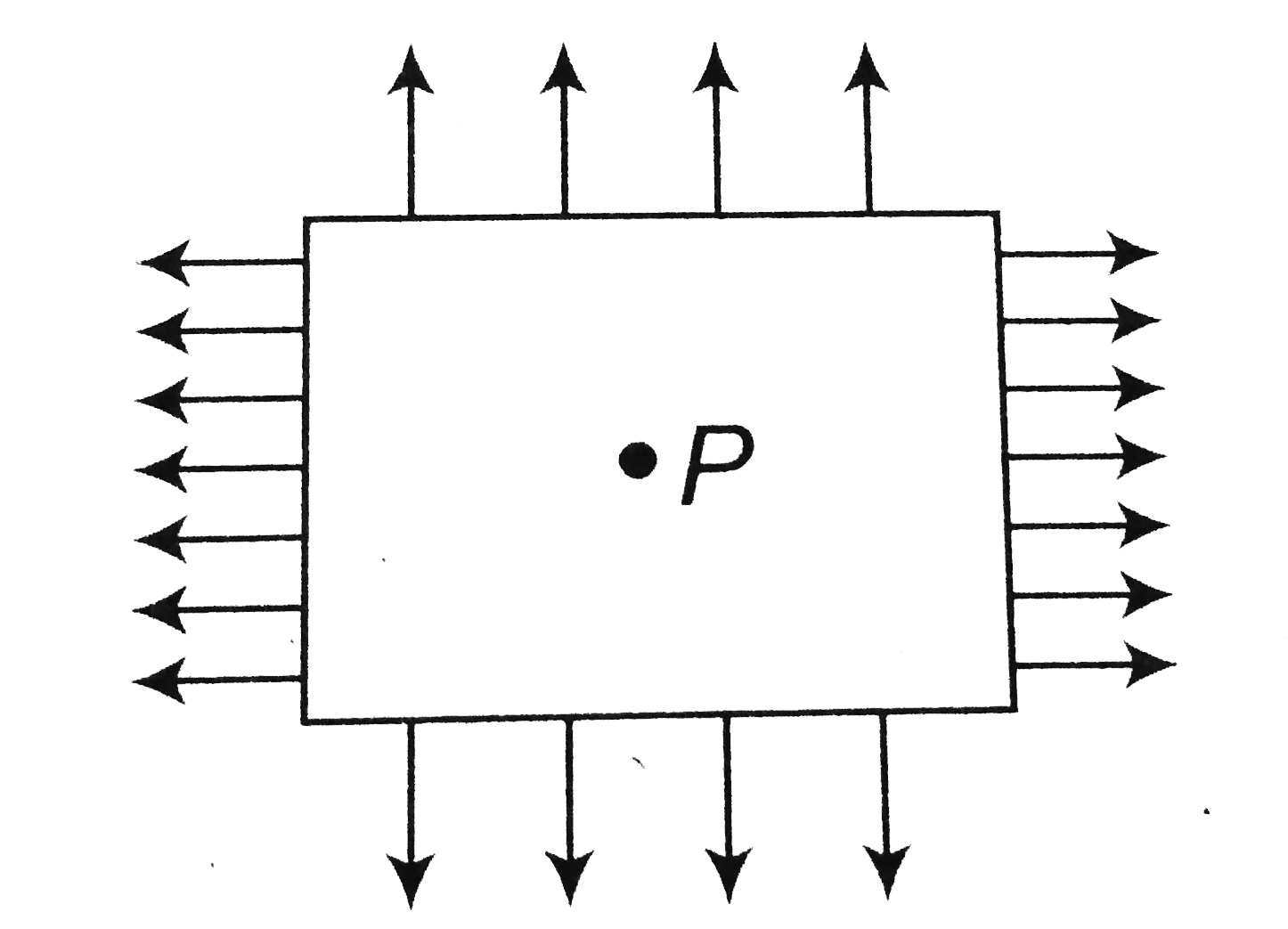
is zero
is not zero
may be zero also
is not defined
The correct Answer is:B
Step by step video & image solution for Electric lines of force are as shown in the figure. Then potential at point P by Physics experts to help you in doubts & scoring excellent marks in Class 12 exams.
Updated on:21/07/2023Topper's Solved these Questions
- ELECTRIC POTENTIALBOOK - CENGAGE PHYSICS ENGLISHCHAPTER - ELECTRIC POTENTIALEXERCISE - DPP 3.4
15 Videos
- ELECTRIC POTENTIALBOOK - CENGAGE PHYSICS ENGLISHCHAPTER - ELECTRIC POTENTIALEXERCISE - DPP 3.5
15 Videos
- ELECTRIC POTENTIALBOOK - CENGAGE PHYSICS ENGLISHCHAPTER - ELECTRIC POTENTIALEXERCISE - DPP 3.2
15 Videos
- ELECTRIC FLUX AND GAUSS LAWBOOK - CENGAGE PHYSICS ENGLISHCHAPTER - ELECTRIC FLUX AND GAUSS LAWEXERCISE - MCQ s
38 Videos
- ELECTRICAL MEASURING INSTRUMENTSBOOK - CENGAGE PHYSICS ENGLISHCHAPTER - ELECTRICAL MEASURING INSTRUMENTSEXERCISE - M.C.Q
2 Videos
Similar Questions
If the electric lines of force are as shown in the figure and electric intensity at A and B are EAandEB respectively then
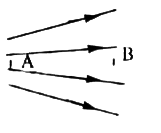
View SolutionSome electric lines of force are shown in figure. For points a and B
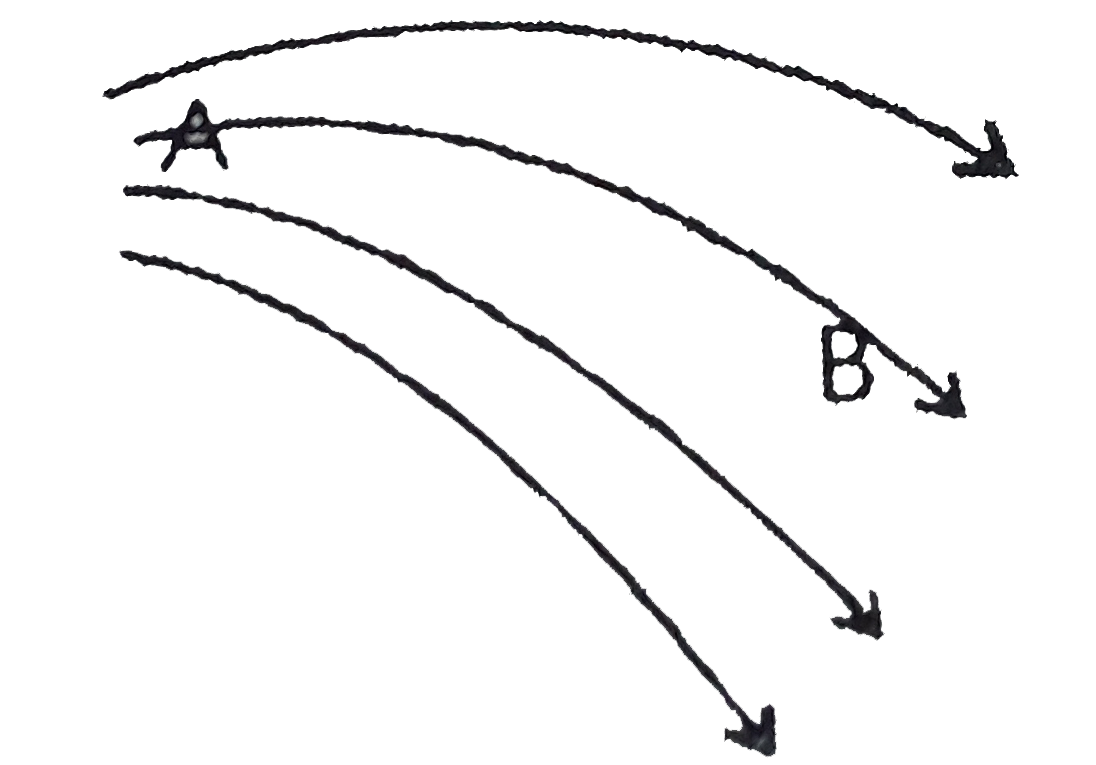
View SolutionTwo charges are placed s shown in figure below. The potential at point P is
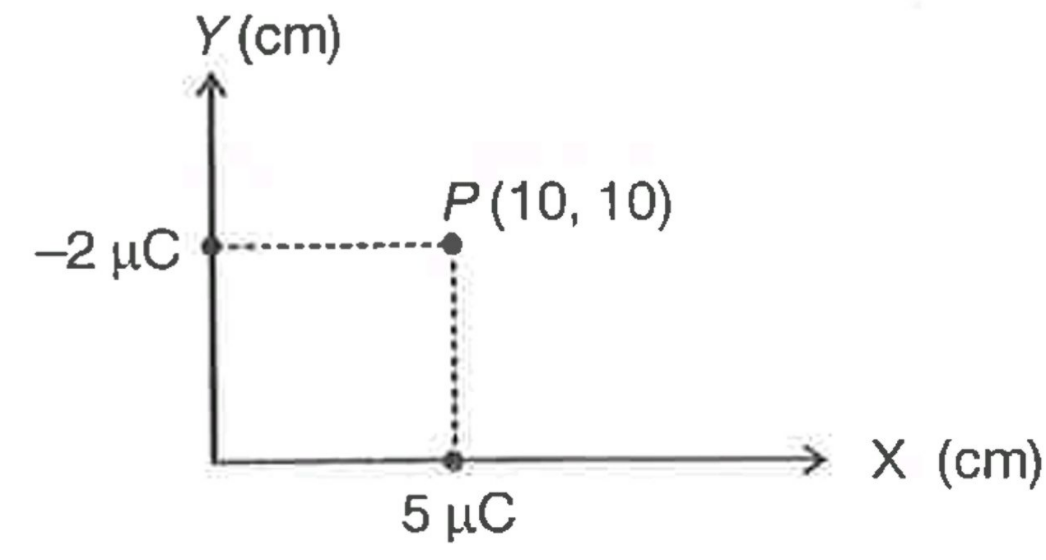
View SolutionThree capacitors are connected as shown in the figure . The potential at point O is equal to
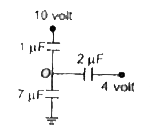
View SolutionTwo electric dipoles are placed parallel to each other as shown in figure. The potential at apoint P is

View SolutionThere is a electric circuit as shown in the figure. Find potential difference between points a and b.
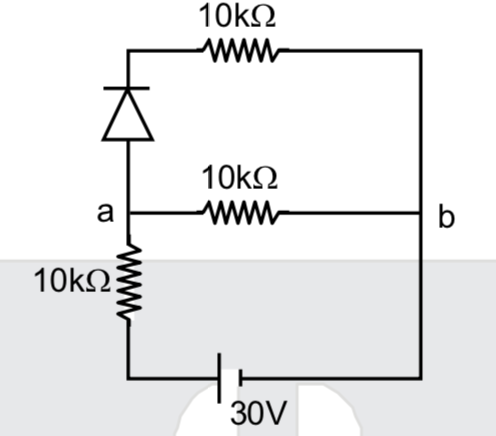
View SolutionElectric lines of force about negative point charge are
View SolutionIf electric linces of force in a region are represented as shown in the figure, then one can conclude that, electric field is
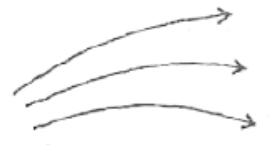
View SolutionAn infinitely long line of linear charge density λ is shown in the figure. The potential difference VA−VB between the two points A and B is

View Solution_2019_CBT4_E01_072_Q01.png)
Four charges are arranged on y axis as shown in figure. Then the electric field at point P is proportional to:
View Solution
